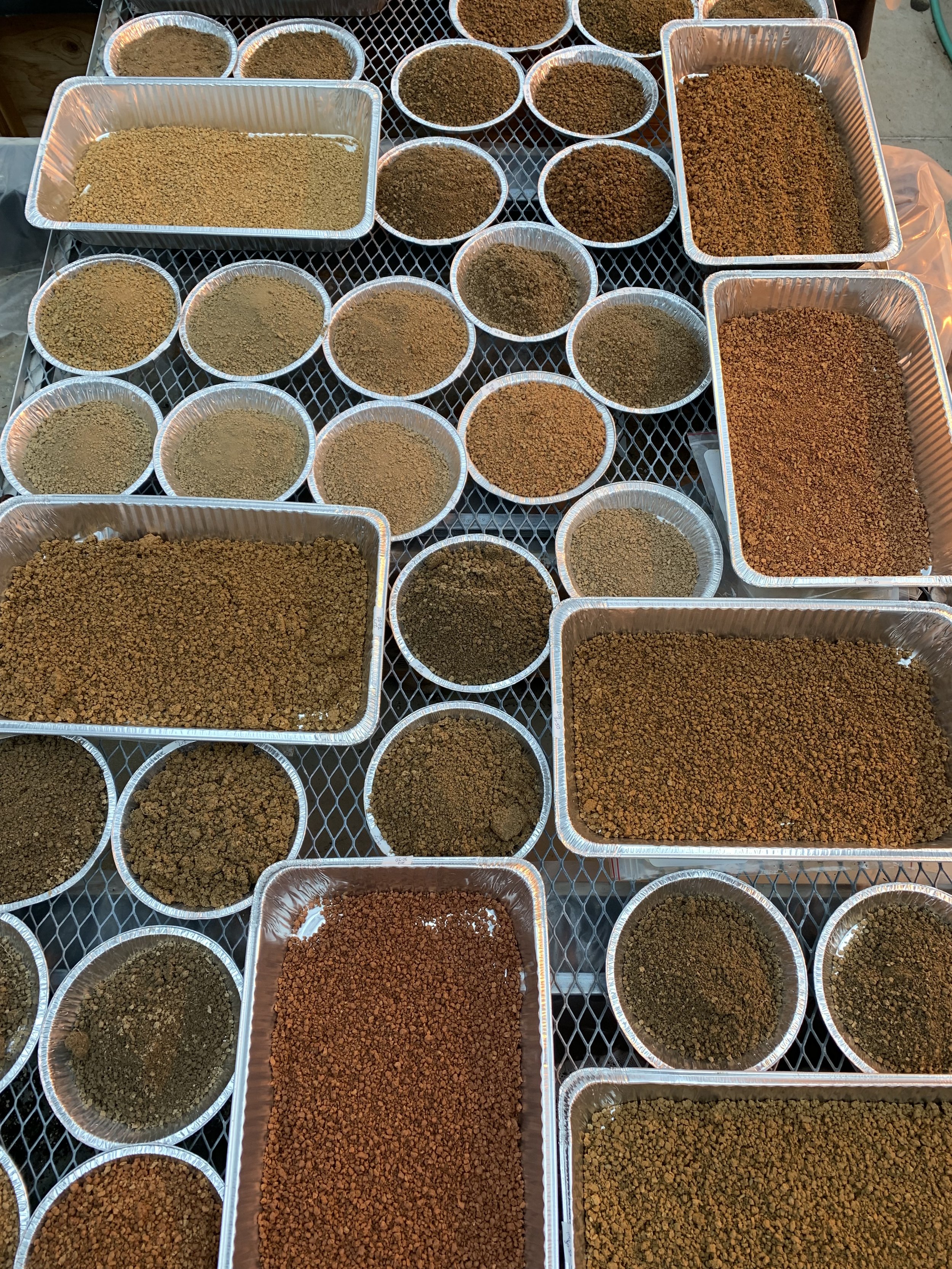To Till, or not to Till? That is the Question
Maryland is home to a lot of unique and wonderful features. The most easily noticeable being the Chesapeake Bay and the resources it provides. Another important feature of our state is agriculture. These two areas are responsible for a large portion of Maryland resident’s income. Generations of families have made their living from the Bay or on the farm, tasked with the great responsibility to provide sustenance and resources for this great state. While the traditions passed down from generation to generation are held dearly by many farmers, these traditions are becoming increasingly difficult to maintain with increased challenges posed by climate change.
The work I am doing in the Agroecology Lab is centered around understanding how different agricultural management practices affect soil organic carbon (SOC) storage. I have learned important methods utilized in testing and analyzing the SOC content in soil samples. First, our samples go through a fractionation process. This step is necessary to divide the bulk soil sample into its respective subsample sizes. These subsample sizes include: large macroaggregates; small macroaggregates; microaggregates; and a silt/clay fraction. To divide the samples into these categories we sift the bulk sample first through a 2-mm sieve to separate out large macroaggregates, then through a 250-µm sieve to collect small macroaggregates, finally to collect microaggregates we sift through a 53-µm sieve, and after this the remaining sample is categorized as the silt/clay fraction [1].
Once the bulk soil samples have been sorted, we prepare the subsample aggregates for percent carbon determination via the dry combustion method, using an elemental analyzer (LECO TruMac N, St. Joseph, MI). By examining the carbon content of the soils from each study plot, we can learn how different agriculture methods promote or inhibit the storage of SOC. With increasing threats of climate change and rising CO2 levels, determining which management factors best promote SOC is crucial. If altering agricultural management styles can increase and conserve SOC levels in agroecosystems, farmers can help mitigate rising CO2 emissions. Not only can conservation farming practices (e.g., no tillage) help increase a soil system’s ability to capture and store carbon [2], but this change in management can greatly improve the productivity of the farm and increase crop yield.
Sam, smiling with sieves and soils (say that five times fast!)
References
[1] Six, J., Paustian, K., Elliott, E. T., and Combrink C. (2000). Soil Structure and Organic Matter: I. Distribution of Aggregate-Size Classes and Aggregate-Associated Carbon. Soil Science Society of America 64:681-689.
[2] Cavigelli M. A, et al. (2017). Simulated Soil Organic Carbon Changes in Maryland Are Affected by Tillage, Climate Change, and Crop Yield. Journal of Environmental Quality 4:588-595.


